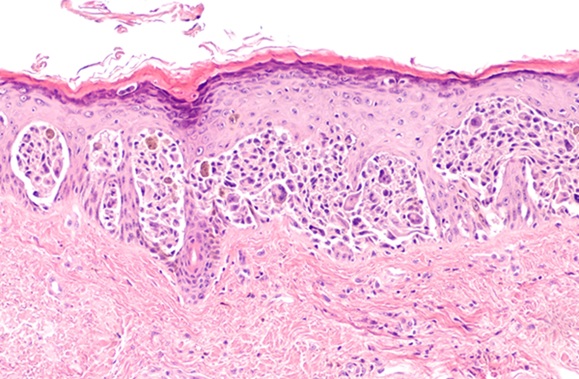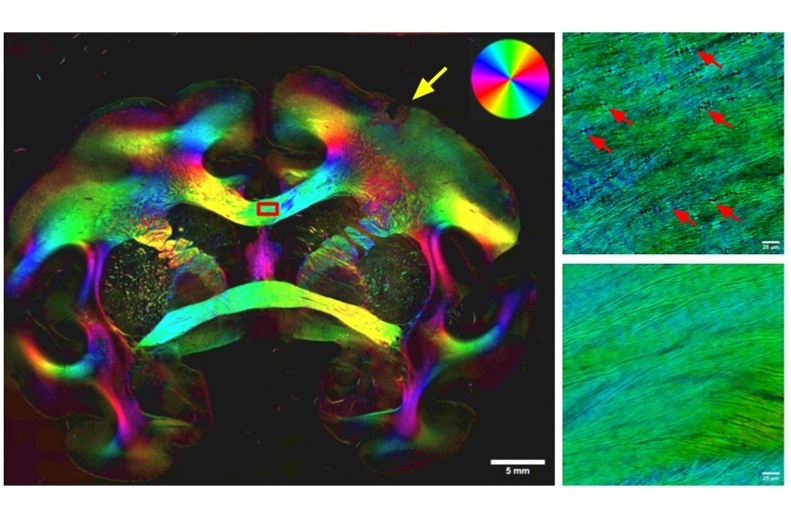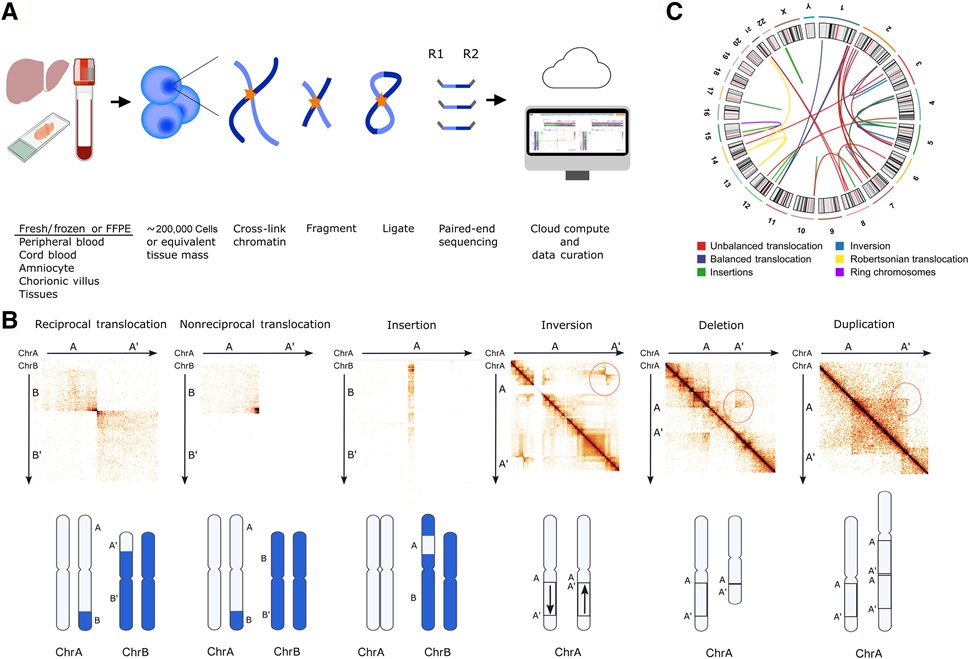Biomarker Algorithm Enables Noninvasive Detection of Barrett’s Esophagus and Esophageal Cancer
Posted on 24 Jan 2025
Over the last 40 years, cases of esophageal cancer have recorded a fivefold increase among the Western population, and it is currently the eighth most common cancer and sixth most frequent cause of cancer-related death in the world. According to estimates, about 5%–12% of patients suffering from gastroesophageal reflux disease (GERD) have Barrett’s esophagus (BE). However, the actual figure remains unknown as most BE cases remain undiagnosed. Generally, the determination of patients having esophageal cancer or precancerous conditions such as BE or high-grade dysplasia is done through endoscopy, an invasive procedure carried out on patients under anesthesia. Now, researchers have developed a biomarker algorithm after studying the biomarkers known for their involvement in gastrointestinal cancers. When combined with a noninvasive method to collect esophageal cells for examination, this biomarker algorithm could allow clinicians to identify patients having esophageal cancer or BE. The method, if validated in further studies, could be used as a reflex test to determine which patients can opt for endoscopy to get a definitive diagnosis.
The algorithm developed by researchers at John Hopkins Medicine (Baltimore, MD, USA) included methylation of the genes USP44, TBC1D30, and NELL1, which have been well studied as diagnostic markers in cancers and in cancer biology. Methylation is a chemical process that can impact gene expression and could play a role in cancer development. USP44 has been earlier demonstrated to be a marker of prostate, liver, and colorectal cancers. TBC1D30 has also been shown to be highly methylated in colorectal cancer. NELL1 has been shown to be a diagnostic marker of both BE and colorectal cancer, while hypermethylation of NELL1 has been implicated in the genesis of gastric, kidney, and lung cancers.

During the study, investigators queried six datasets within the Gene Expression Omnibus database for biomarkers that were at least 30% methylated in BE but less than 5% methylated in normal tissues. They identified 30 candidate biomarkers for further study. Subsequent laboratory testing using methylation-based polymerase chain reaction led to the selection of 12 of these biomarkers as demonstrating significantly higher methylation levels in BE than in normal tissues. Next, the researchers selected seven of these 12 biomarkers (GRAMD1B, USP44, HOXB13, A1BG, SPX, TBC1D30, and eg00720137), as well as an additional five biomarkers (CDH13, FLT3, NELL1, TAC1, and SSTI) identified in their previous research, for further analyses. The team first evaluated the biomarkers in 21 archived normal-Barrett’s tissue pairs from patients with BE. Then, they assessed the biomarkers in 234 non-endoscopic esophageal sponge samples collected from patients with BE as well as control (other) patients having endoscopy.
This cohort included 78 people with a normal esophagus, 77 with BE, 12 with high-grade dysplasia, five with low-grade dysplasia, one with indeterminate dysplasia, and 61 with esophageal adenocarcinoma. To obtain these samples, the study participants were made to swallow a small sponge compressed in a gelatin capsule with a string attached to it. After the capsule ends up at the bottom of the esophagus, its gelatin coating dissolves, expanding the sponge. A clinician then pulls gently on the string to retrieve the sponge, which collects cells from the esophagus on the way back up. Samples were taken immediately before the endoscopy or during outpatient follow-up within three months after the endoscopy. All participants had a confirmed diagnosis of esophageal cancer, BE, or high-grade dysplasia, or a biopsy showing the absence of these conditions. The participants had a median age of 65 years with most being male (66%) and located in the United States (82%).
The samples collected from the sponges were split into a training set of 199 samples and a test set of 35 samples. All 12 biomarkers were tested in the 199 samples. Based on the training set results, the researchers designed a three-biomarker algorithm using USP44, TBCD1D30, NELL1, age, and sex. The study, published in the American Journal of Gastroenterology, shows that this algorithm yielded an area under the curve (AUC) of close to 0.97 in identifying healthy tissue versus esophageal cancer and high-grade dysplasia, suggesting that it did very well. Upon extending the ability to identify healthy control patients versus patients with BE and high-grade dysplasia or esophageal cancer combined, the AUC stood at 0.86, which was also good, according to the researchers.
“Our study used a methodically rigorous process to identify biomarkers, and we believe this represents the first study to select biomarkers for Barrett’s esophagus, esophageal adenocarcinoma, and high-grade dysplasia in this fashion,” said senior study author Stephen Meltzer, M.D. “The goal with this sponge-biomarker test is not to provide a definitive diagnosis. Rather, it’s to inform them that they may need an endoscopy, because their methylation test results were abnormal.”






 assay.jpg)








